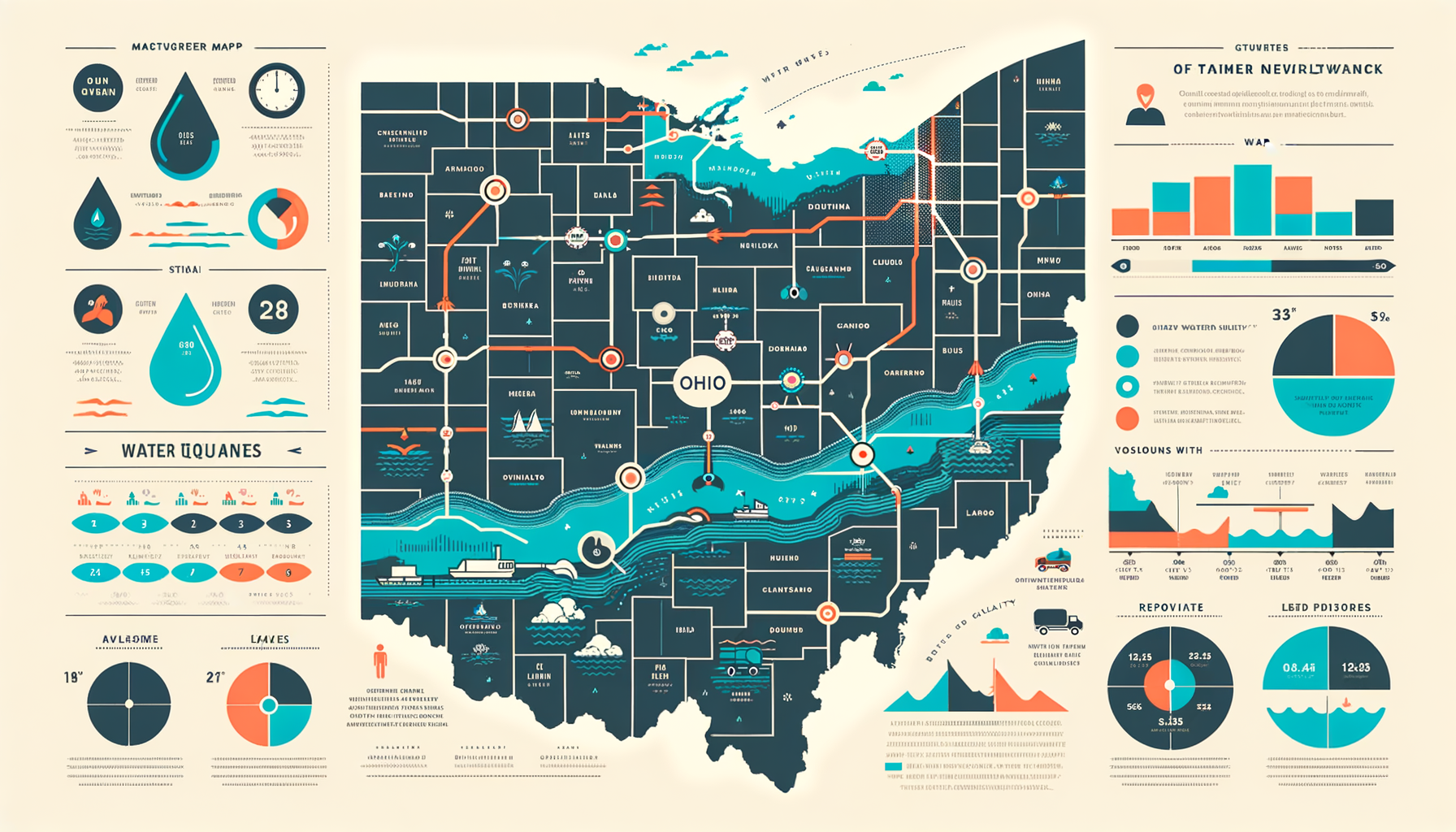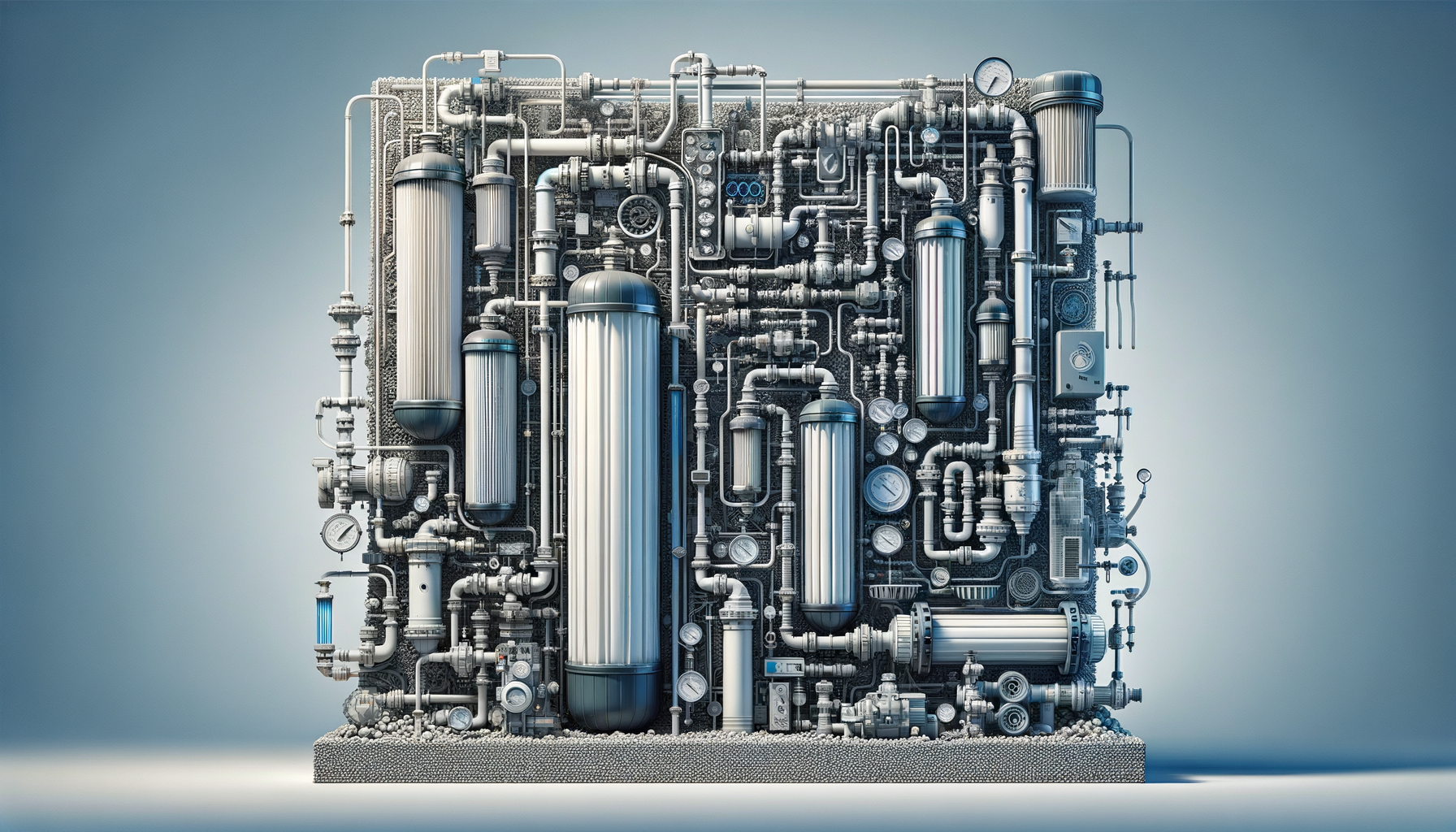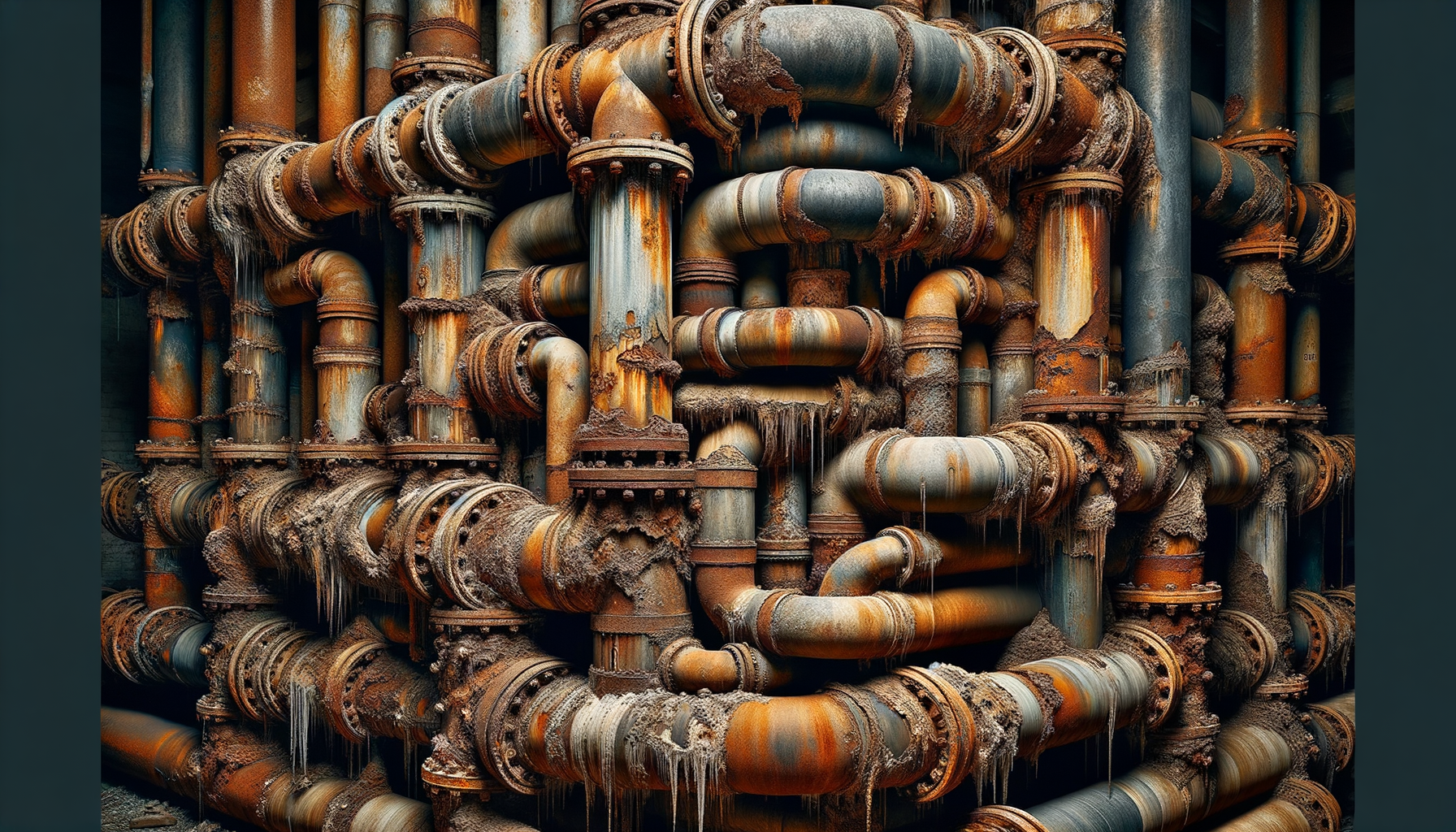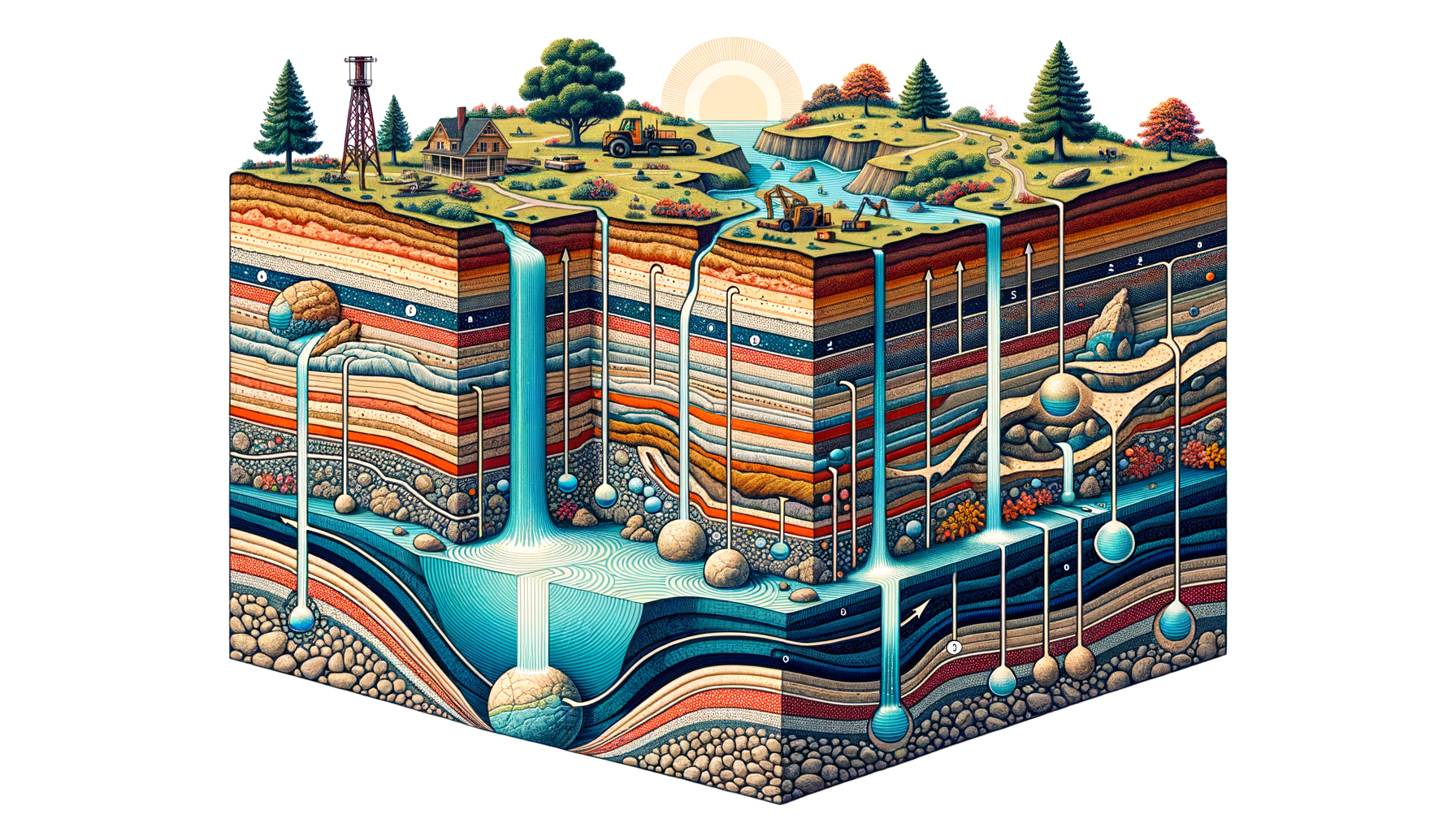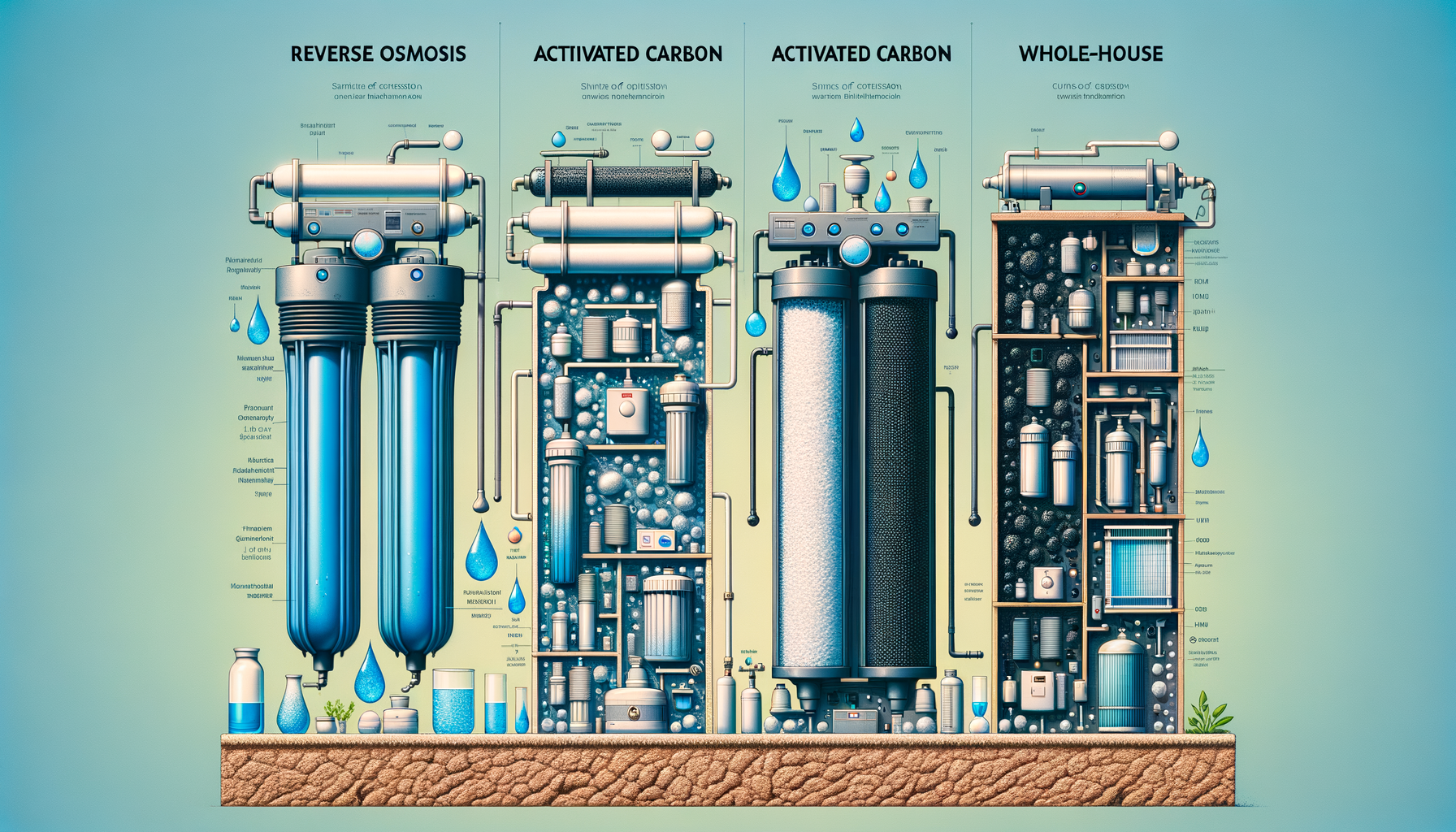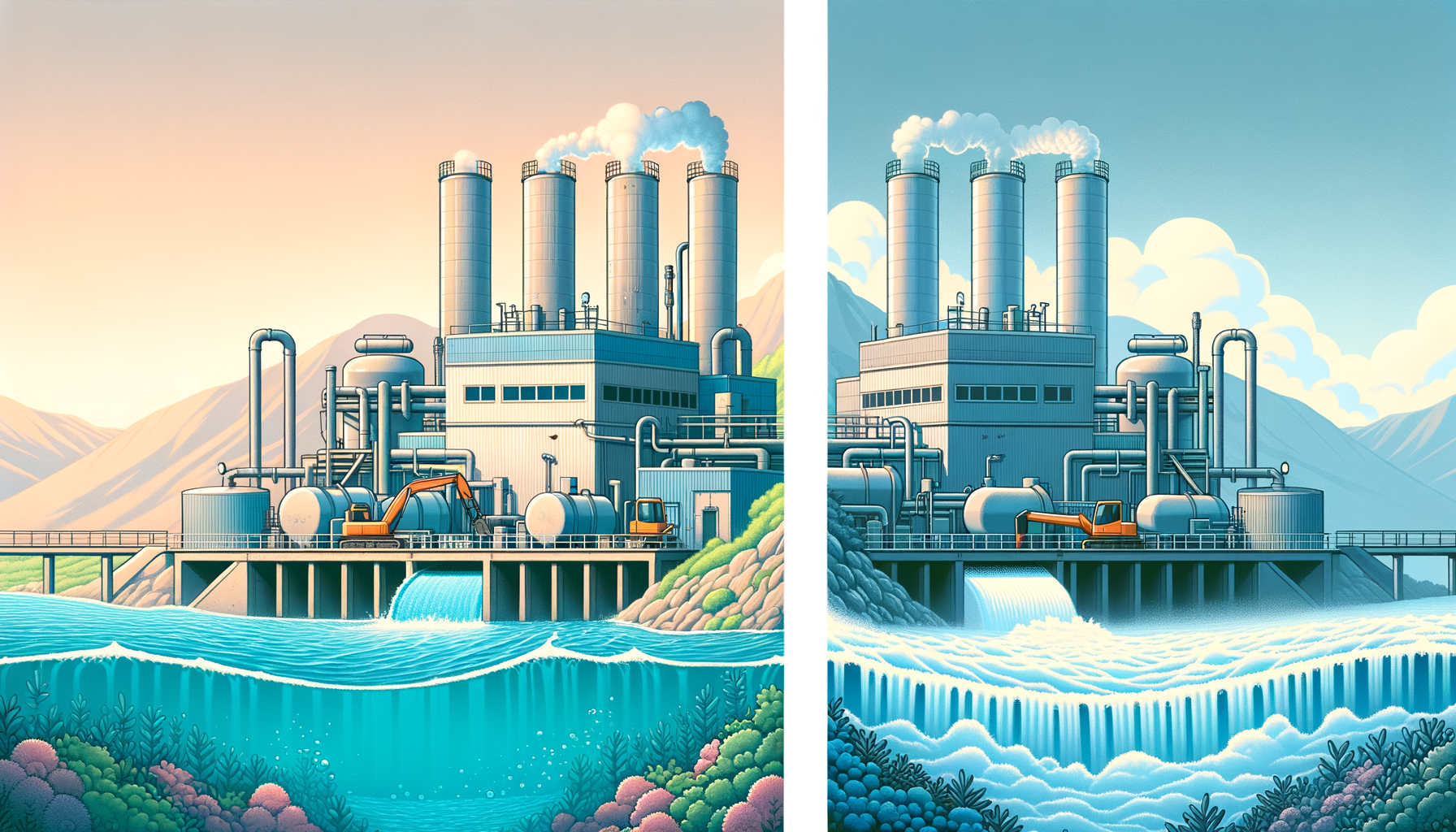Comprehensive Guide to Water Quality in Ohio State: Contaminants, Issues, and Water Filtration Solutions
by Ryan Moreau / updated February 15th, 2025
Ohio, known for its rich industrial heritage and agricultural landscapes, is home to a diverse array of water resources—from the shores of Lake Erie to the vast Ohio River and numerous inland lakes and streams. Despite this abundance, the state grapples with significant water quality challenges stemming from industrial pollution, agricultural runoff, and aging infrastructure. In this comprehensive guide, we delve into the common contaminants affecting Ohio’s water, regional challenges, and effective filtration solutions. Begin by utilizing our Water Quality Tool to receive a customized analysis of your local water conditions.

Overview of Ohio’s Water Sources
Ohio’s water supply is as varied as its topography. Key sources include:
- Lake Erie: One of the Great Lakes, Lake Erie serves as a primary water source for northern Ohio communities, including Cleveland and Toledo.
- Ohio River: Flowing along the state’s southern border, the Ohio River is vital for drinking water, industry, and transportation.
- Surface Waters: Numerous rivers like the Cuyahoga, Scioto, and Maumee play crucial roles in regional water supplies.
- Groundwater Aquifers: Rural areas often rely on groundwater, accessing aquifers that can be susceptible to contamination from surface activities.
Maintaining water quality across these diverse sources requires vigilant monitoring and advanced treatment solutions to address both natural and human-induced contaminants.
Common Water Quality Contaminants in Ohio
Ohio’s water sources are vulnerable to a variety of contaminants due to its industrial activities, extensive agriculture, and historical infrastructure. To better understand what might affect your area, start with our Water Quality Tool and then review these common issues:
1. Nitrates
Agricultural runoff is a significant source of nitrates in Ohio’s water, particularly in regions with intensive farming. Elevated nitrate levels pose health risks to infants and pregnant women, leading to conditions like methemoglobinemia or “blue baby syndrome.”
Water Filtration Options for Nitrates: Reverse Osmosis Water Filters
2. Microcystins from Harmful Algal Blooms
Lake Erie and other Ohio water bodies are prone to harmful algal blooms (HABs) that produce microcystins—toxins that can affect the liver and nervous system. HABs are exacerbated by excess phosphorus and nitrogen from fertilizer runoff.
Water Filtration Options for Microcystins: Activated Carbon Water Filters, advanced treatment methods like ozonation and UV radiation
3. Lead and Copper
Aging infrastructure in cities like Cleveland and Cincinnati contributes to lead and copper leaching into drinking water from old pipes and service lines. Lead exposure is particularly harmful to children, affecting cognitive development.
Water Filtration Options for Lead and Copper: Reverse Osmosis Systems, NSF-certified filters specifically designed for lead removal
4. Per- and Polyfluoroalkyl Substances (PFAS)
PFAS contamination has been detected near industrial sites and firefighting training areas in Ohio. Known as “forever chemicals,” PFAS compounds persist in the environment and are linked to immune system suppression and increased cancer risk.
Water Filtration Options for PFAS: Activated Carbon Water Filters, high-efficiency Reverse Osmosis Systems
5. Volatile Organic Compounds (VOCs)
Industrial solvents and chemicals, including trichloroethylene and benzene, have contaminated groundwater and surface water in some areas. VOCs pose serious health risks, including liver and kidney damage.
Water Filtration Options for VOCs: Activated Carbon Filters, Reverse Osmosis Systems
6. Pesticides and Herbicides
Widespread use of agricultural chemicals like atrazine and glyphosate can lead to contamination of water supplies. These substances are linked to endocrine disruption and other health concerns.
Water Filtration Options for Pesticides and Herbicides: Reverse Osmosis Systems, granular activated carbon filters
7. Radon
In certain regions, radon gas can dissolve into groundwater and enter homes through well water. Radon exposure increases the risk of lung cancer and is a concern for residents using private wells.
Water Filtration Options for Radon: Aeration systems, Activated Carbon Filters
8. Iron and Manganese
High concentrations of iron and manganese can cause discoloration and metallic taste in water. While not typically harmful, they can affect water aesthetics and stain fixtures.
Water Filtration Options for Iron and Manganese: Oxidizing filters, ion exchange systems
9. Sulfates
Sulfate minerals naturally present in some Ohio aquifers can lead to laxative effects and unpleasant taste when concentrations are high.
Water Filtration Options for Sulfates: Reverse osmosis systems, distillation units
Regional Water Quality Challenges in Ohio
Ohio’s geography and industrial sectors contribute to distinct regional water quality challenges. According to the Ohio Environmental Protection Agency (EPA), key challenges include:
1. Lake Erie’s Algal Blooms
The western basin of Lake Erie is prone to algal blooms fueled by agricultural runoff rich in phosphorus. These blooms threaten drinking water supplies and aquatic life, leading to periodic water advisories.
2. Industrial Pollution in River Valleys
Historical industrial activities along the Ohio River and Cuyahoga River have left legacies of contamination, including heavy metals and chemical pollutants that require ongoing remediation efforts (EPA Great Lakes Program).
3. Agricultural Runoff in Rural Areas
Rural regions face challenges from nutrient and pesticide runoff impacting local streams and groundwater. Initiatives promoting best management practices aim to reduce these impacts (EPA Nonpoint Source Pollution).
General Water Characteristics in Ohio
Beyond specific contaminants, Ohio’s water exhibits characteristics influenced by regional geology and land use:
1. Hard Water Prevalence
Ohio is known for hard water due to high levels of calcium and magnesium from limestone bedrock. Hard water can cause scale buildup in plumbing, reduce soap effectiveness, and affect appliance longevity.
For households dealing with hard water, water softeners are recommended. Unsure if you need one? Try our Water Softener Calculator for personalized advice.
2. Sulfur and “Rotten Egg” Odor
Some areas report sulfur odors in their water, caused by hydrogen sulfide gas. While generally not harmful, it can be unpleasant and may corrode plumbing over time.
- Treatment Solutions: Aeration systems and activated carbon filters effectively remove hydrogen sulfide.
- Preventive Measures: Regular well maintenance can reduce the occurrence of sulfur bacteria.
3. Natural Radioactivity in Groundwater
Certain geological formations in Ohio may contribute to elevated levels of radium and uranium in groundwater, posing long-term health risks.
- Health Impacts: Long-term exposure can increase the risk of cancer.
- Filtration Options: Reverse osmosis and ion exchange systems are effective in reducing radioactive contaminants.
Utilizing the Water Quality Tool for Ohio Residents
Understanding your local water quality is essential for ensuring safe drinking water. Our Water Quality Tool enables Ohio residents to:
- Enter their zip code for a detailed analysis of local water sources.
- Access data on common contaminants specific to their area.
- Receive personalized recommendations for filtration systems based on identified issues.
Recommended Filtration Solutions for Common Ohio Contaminants
Based on prevalent contaminants in Ohio’s water sources, the following filtration systems are highly recommended:
1. Reverse Osmosis Systems
Reverse Osmosis Systems are effective against nitrates, lead, PFAS, sulfates, and certain pesticides, providing comprehensive protection.
2. Activated Carbon Filters
Activated Carbon Filters successfully remove VOCs, microcystins, and improve taste and odor by eliminating chlorine and hydrogen sulfide.
3. Water Softeners
To address the widespread issue of hard water, water softeners reduce mineral content, protecting plumbing and appliances from scale buildup.
4. UV Disinfection Systems
For private well owners concerned about bacteria and viruses, UV systems offer a chemical-free method to ensure microbiologically safe water.
Local Water Testing Services in Ohio
Accurate water testing is essential to identify specific contaminants and tailor filtration solutions accordingly. We recommend using SimpleLab for comprehensive water quality analysis. Their easy-to-use kits and detailed lab reports enable you to make informed decisions about your water treatment options.
Case Studies: Addressing Water Quality Issues in Ohio
Real-world examples demonstrate successful strategies in tackling Ohio’s water quality challenges:
1. Toledo’s Response to Algal Bloom Crisis
In 2014, Toledo faced a water crisis due to a severe algal bloom contaminating the city’s water supply. Since then, the city has invested in advanced water treatment technologies and collaborated with farmers to reduce nutrient runoff.
2. Cincinnati’s Lead Pipe Replacement Initiative
Cincinnati launched an aggressive program to replace lead service lines, providing financial assistance to homeowners and ensuring safer drinking water for thousands of residents.
3. Community Action in Southeast Ohio
In regions affected by industrial pollution, community groups have partnered with state agencies to remediate contaminated sites and protect groundwater resources, resulting in improved water quality.
Call to Action
Ohio’s diverse water resources—from the expansive Lake Erie to the winding Ohio River and underground aquifers—require proactive water quality management. Understanding your local water challenges and implementing effective filtration solutions is essential for safeguarding your household’s health.
Start by entering your zip code into our Water Quality Tool for a detailed analysis of your water supply. Then, explore our filter review articles to find the most effective system for your needs. Finally, confirm your water’s safety with comprehensive water testing services to ensure you have the clean, safe water your home deserves.

